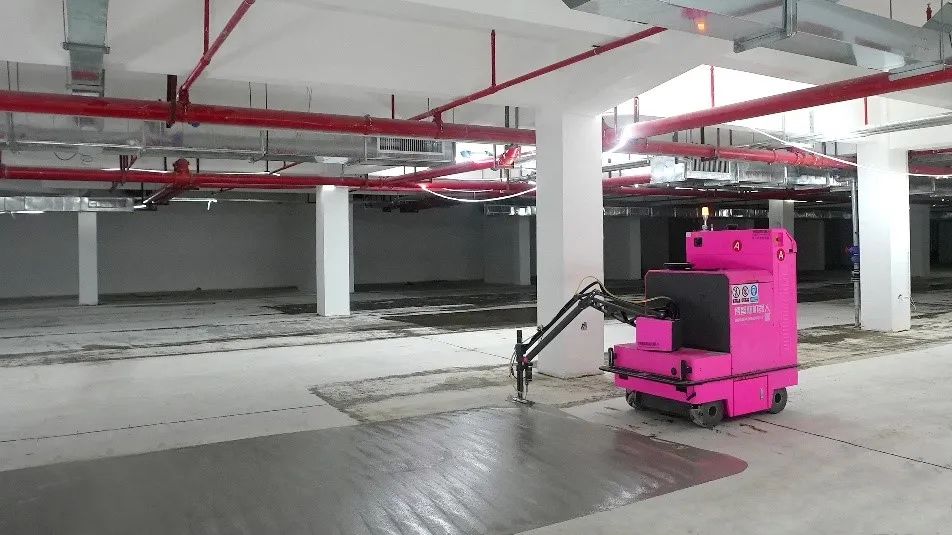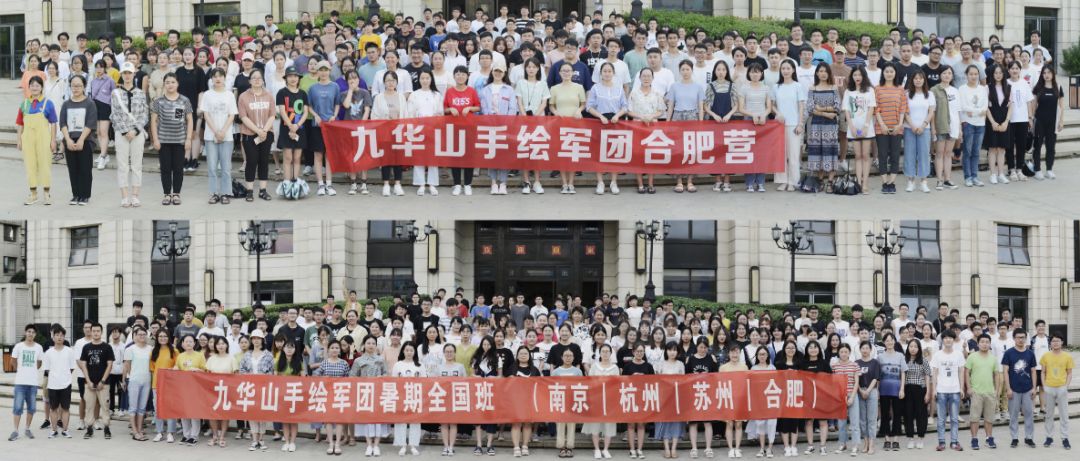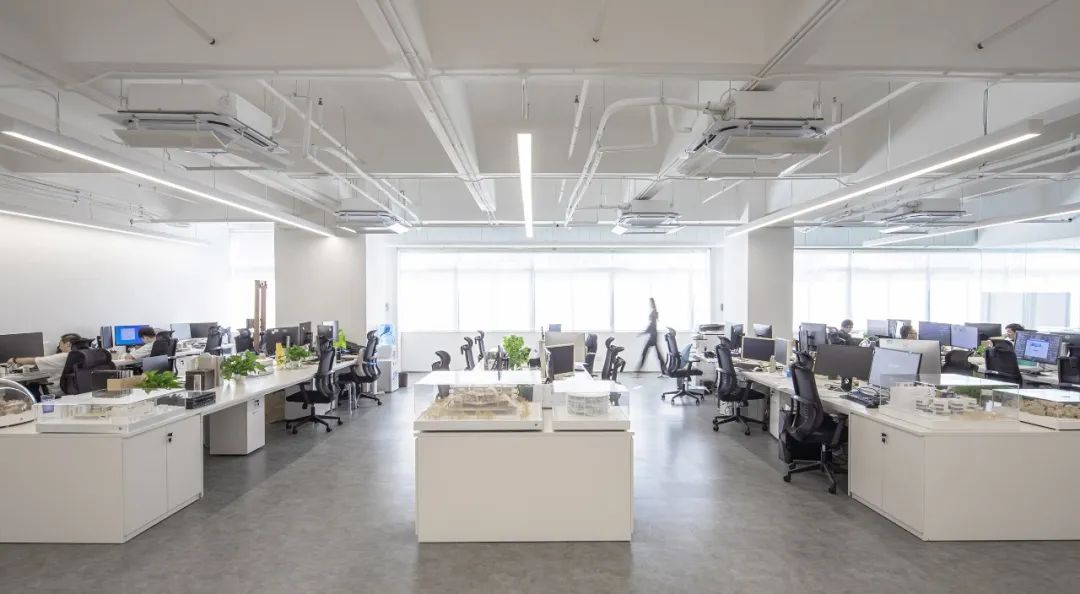It is noteworthy that in the general trend of the development of digital economy, the seemingly “traditional” construction industry has also caught up with this “digital” express, and representatives of the two sessions have made suggestions.
According to the 2020 sustainable development report of country garden, by the end of 2020, a total of 936 projects in country garden that meet the national green building evaluation standards have been constructed, with a cumulative area of 212 million square meters.
Xu Zheng, deputy to the National People’s Congress and chairman of Shanghai Construction Engineering Group, suggested that “we should further promote the digitalization of construction products and construction industry; strive to build a digital business ecosystem; vigorously cultivate the culture of construction service providers; and speed up the training of digital high-end cross-border talents.” The proposal of Yang Guoqiang, member of the CPPCC National Committee and chairman of the board of directors of country garden group, focuses on “intelligent construction” – on accelerating the application of intelligent construction product technology, helping to achieve the “double carbon” goal, and promoting the high-quality development of the construction industry for four consecutive years.
This achievement is attributed to the two solutions of prefabricated building and construction robot application.
From this point of view, whether the construction industry can achieve green transformation and upgrading is crucial to the realization of the “double carbon” goal.
Digital empowerment “digital” is one of the hot search words of the two sessions in recent years.
Bozhilin floor paint coating robot is working.
The digital transformation of the construction industry is not only a correct solution to the “labor shortage” but also an effective means to achieve controllable carbon emissions.
Zhang Yiguang, member of the CPPCC National Committee and chairman of Shaanxi Construction Engineering Group, suggested accelerating the deep integration of digital technology and the construction industry to realize the digitalization of labor employment management.
According to the data of China Real Estate Industry Association’s “Carbon Emission Research Report 2021 of Chinese real estate enterprises”, at present, the carbon emission scale of China’s real estate construction industry ranks third in the world, and 40% of China’s carbon emissions mainly come from the real estate construction industry.

The construction industry has entered the era of stock, “real estate” is no longer as haloed as it was more than a decade ago.
“Labor shortage” and “carbon emission” are the two major development problems perplexing the construction industry, but they are not without solutions.
In order to further consolidate the achievements of innovation and development and accelerate the application and promotion of intelligent construction products and technologies, Yang Guoqiang gave three suggestions: first, vigorously support the promotion and application of construction robots and intelligent construction equipment; Second, accelerate the establishment and improvement of intelligent construction innovation supervision mechanism and evaluation system; Third, accelerate the establishment of relevant standards system for intelligent construction.
Many employed migrant workers prefer to stand or squat in the corner rather than sit down by public transport.
Older skilled jobs return home due to age, and compared with the tertiary industry such as takeout services, construction sites are less attractive to young people, and the employment situation in the construction industry is facing structural problems.
Construction robots can completely change the “dirty, messy and poor” of traditional construction sites, and free workers from heavy and dangerous construction site operations through multi machine collaboration and man-machine collaboration, so as to engage in collaborative work that requires more human intelligence.
The dirty and disorderly environment is closely related to the extensive production mode and carbon emissions of the construction industry, which is one of the major energy consumption and carbon emissions.
Taking advantage of the trend, “robot workers” lead the new development of the industry.
With the integration of artificial intelligence, robotics, 5g, new materials and other technologies with the construction industry, the era of intelligent construction is coming.
As of February 2022, 21 construction robots have been put into commercial applications, covering more than 350 projects in 25 provinces; More than 750 sets have been delivered and more than 7million square meters have been applied and constructed..
If it weren’t for the dust on their bodies, their self-esteem might have less unnecessary burden.
The reason for the “labor shortage” is also obvious, because the traditional construction work is synonymous with dirty and poor working environment and high labor intensity.
At the same time, the willingness of these migrant workers to choose the construction industry continues to decline: in 2020, the proportion of migrant workers engaged in the construction industry was 18.3%, a year-on-year decrease of 0.4 percentage points.
According to the 2020 migrant workers’ monitoring and survey report released by the National Bureau of statistics, the growth rate of migrant workers has shown a downward trend since 2017, and until 2020 there was a negative growth: the total number of migrant workers in 2020 was 285.6 million, a decrease of 5.17 million over the previous year.
“Building robots and building information models (BIM) can be realized in China The collaborative operation of new prefabricated buildings and other products and technologies in engineering projects can be applied to construction links such as survey, planning and design, production, construction, supervision and acceptance, operation and maintenance and management, which can not only improve the safety, quality and efficiency of construction projects, but also significantly reduce construction waste and waste on the construction site, reduce carbon emissions, and help achieve the “double carbon” goal.
He put forward many measures, such as opening up the data sharing between the real name system of housing and construction and the monitoring and early warning system of migrant workers of human resources and social security, and supervising the wage payment in place rate of migrant workers in construction projects through information means.
” Yang Guoqiang said.
It is understood that country garden established a construction robot company as early as 2018.
What is “intelligent construction”? Based on the two major problems of the construction industry, intelligent construction is the only way to improve the quality of industrial development and realize the transformation from labor-intensive production mode to technology intensive production mode.

On the contrary, from the perspective of industrial structure and external environment, many enterprises are facing the challenges of “labor shortage” and “carbon emissions”.
Prefabricated buildings, that is, building products, workers no longer build houses from scratch brick by brick, but directly assemble the formed modular components, such as toilets, storage rooms, etc., into the building structure.




